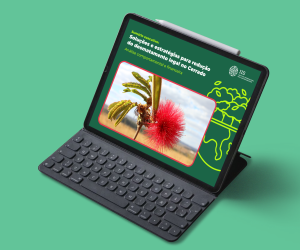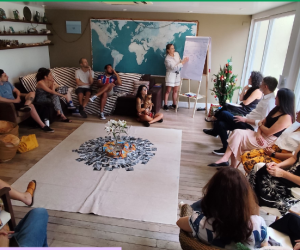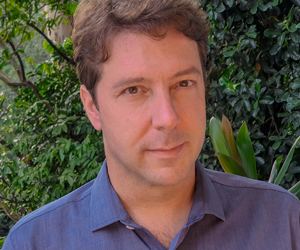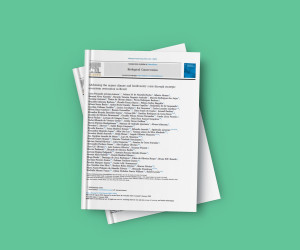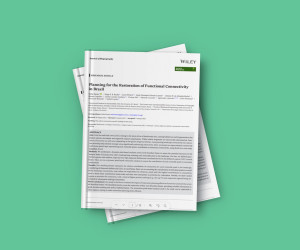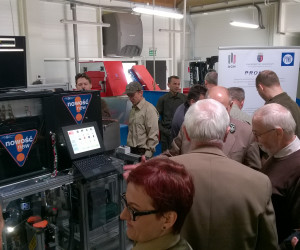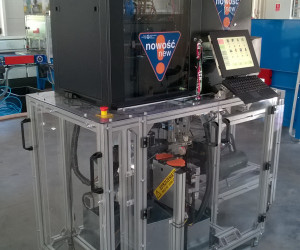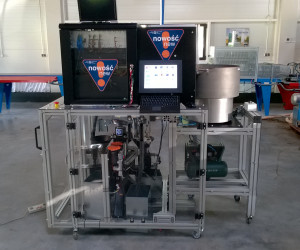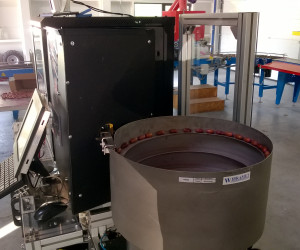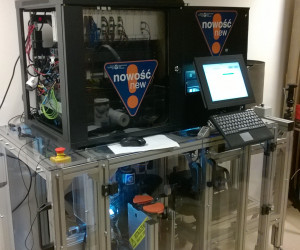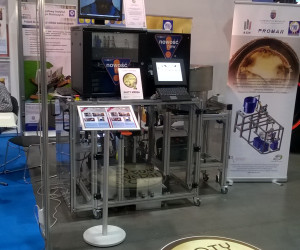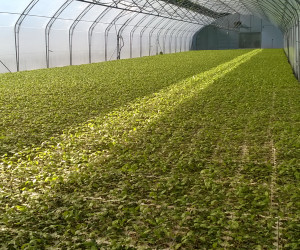A system for automatic scarification and identification of lesions of cross- section of seeds
In 2018, a team of scientists from Poland (the Faculty of Forestry and Faculty of Production Engineering and Power Energy from the University of Agriculture in Krakow, Industrial Institute of Agricultural Engineering in Poznań, Faculty of Electrical Engineering, Automatics, Computer Science and Biomedical Engineering of the AGH University of Science and Technology in Krakow and PROMAR Sp. z o.o. company in Poznań) constructed a device for automatic scarification and identification of lesions of cross-section of oak tree seeds.
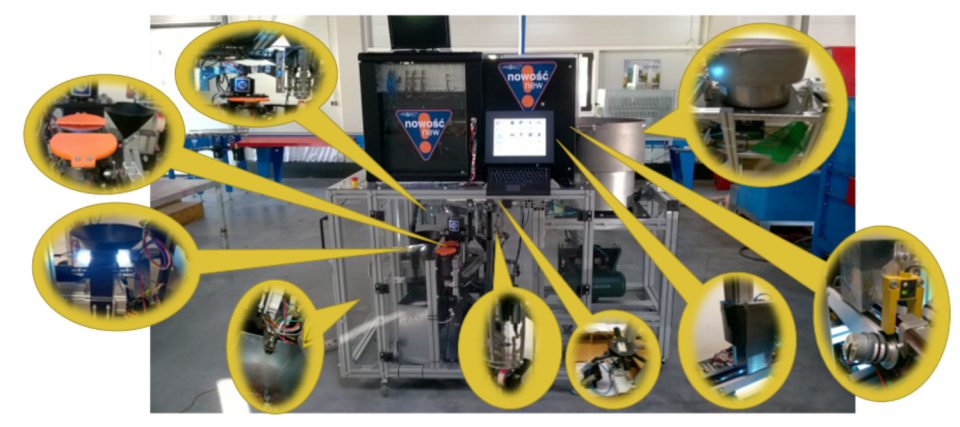
The operation of the automated device consists in collection of a seed by a vibrating feeder, which then gets to a conveyor where it is scanned by the first vision system in order to obtain information on its length and orientation. Correctly oriented seeds (namely, such which have an embryonic root before the seed centre in the direction of movement on the belt conveyor) go through the rotor channel straight to a positioner. Seeds that are incorrectly positioned are rotated in the rotor by 180°, so that the embryonic root is in the front towards the acorn transportation direction. Seeds which are correctly positioned are transported to the positioner where they are positioned vertically with an embryonic root up. Then, a specially designed positioner cam lifts or drops an acorn so that the place where it is to be cut is always located at the same level. Then, the seed is subjected to the scarification process by rotating blades and directed to the automatic assessment of viability by another vision system. On this stage, a colour image of the cross section of cotyledons is registered and analysed. Recognition of the image consists in determination of changes based on the colour and intensity of pixels of the cross-section image. They enable viability assessment of each of the processed seeds with a machine vision method. Based on that, they may be sorted as spoiled, of a questionable quality and healthy, i.e., for container sowing. The device is characterised by a high quality and effectiveness of operation and meets the agro-technical requirements resulting from the EU legislation and EN/ISO standards. The designed device has no equivalents among machines used in the forestry, it is an absolute technical novelty on the global market. It will enable to replace the work of 15 people with 3 persons that will supervise the operation of the device in a 3-shift system.
A new device for automatic scarification and identification of mummification changes of acorn cotyledons, which changes a contemporary technology of seed treatment before planting in container nurseries by elimination of human work was introduced to practice. The structure of the device includes numerous innovative structural and information solutions with the use of artificial intelligence algorithms. The suggested visual assessment in the device is based on the developed relevant algorithm of the computer analysis and recognition of images, which was initially optimised with machine learning methods, but it may be modified in relation to given criteria of assessment. A computer analysis and classification are fully repeatable. The device
serves for preparation of sowing material for container nurseries, but its other uses are also possible, for example for assessment of acorn viability in the Stations of Seeds Assessment in State Forests. The device is the first of this type, not only in Poland but also in the world. It is protected by the patent of the Patent Office of The Republic of Poland P. 414969 and the European patent EP3172954.
An interdisciplinary nature of the technical solution contributes to settlement of a considerable number of engineering problems starting with the structure of particular mechanisms, information solutions, and auto- diagnostic ones and enables to extend rheological knowledge on the processed organic matter. Considerable possibilities of implementation of the device for recognition of changes of the cross-section of seeds of other plants should be emphasised.

